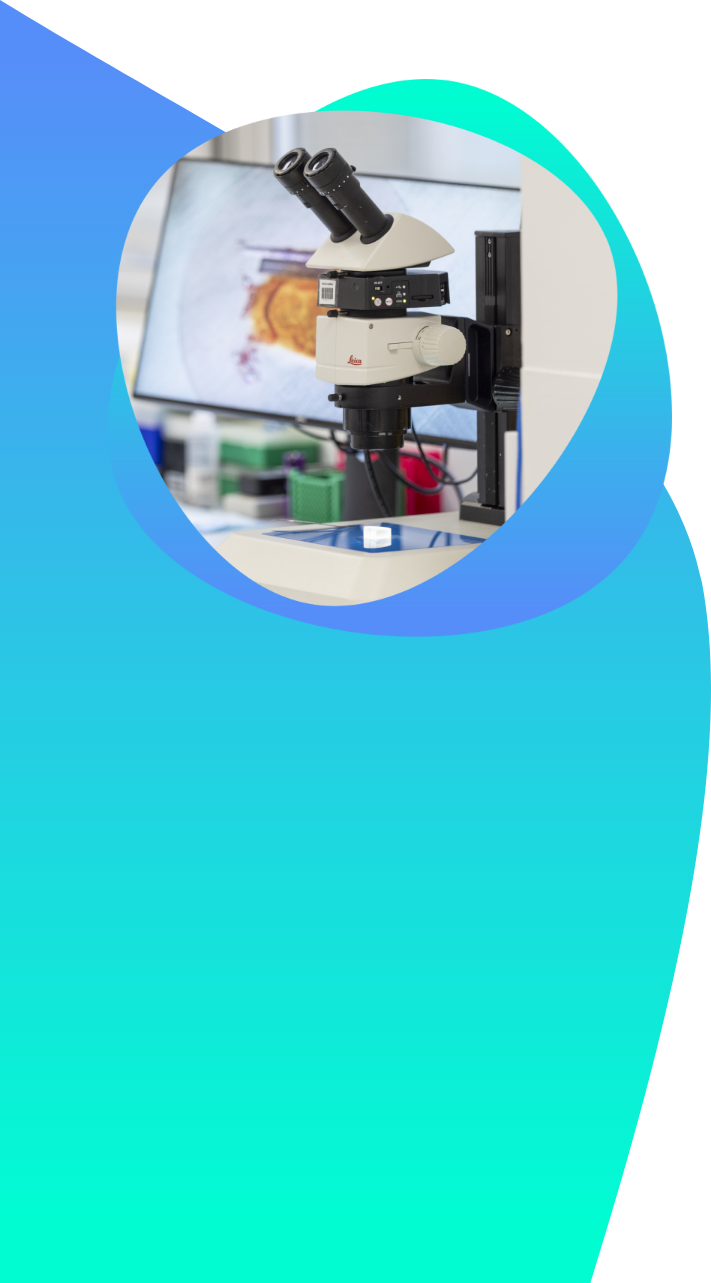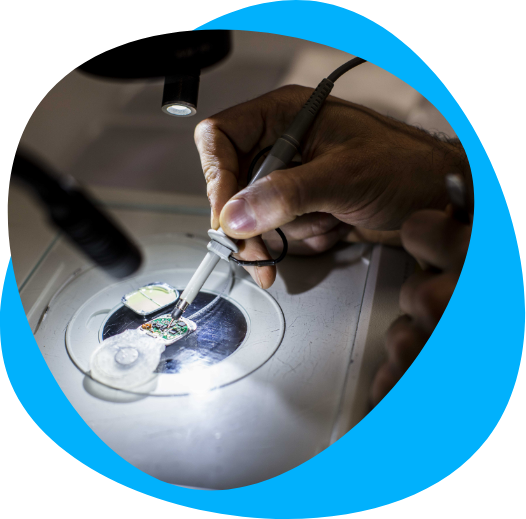Stroke
- Symptoms include:
- Headache
- Dizziness
- Loss of consciousness
- Seizure
- Weakness of one side of the face
- Weakness of limbs
- Skin sensation changes
- Slurred speech
- Difficulty understanding speech
- Visual disturbance
- Memory loss
- Incontinence
The ten strongest risk factors identified are [3]:
- History of hypertension, or blood pressure ≥140/90
- Physical inactivity
- Unhealthy blood fat levels
- Regular meat, insufficient green vegetables, added salt at table, regular sugar
- High waist-to-hip ratio
- Psychosocial factors – including stressors at home or work [4]
- Smoking
- High/heavy alcohol drinking
- Heart disease
- Diabetes
Anyone suspected of having a stroke should be seen in hospital immediately. Symptoms and examination, followed by computerised tomography (CT scan) or magnetic resonance imaging (MRI) identify type and location of stroke. Other tests are often required.
Eligible patients with ischaemic stroke receive clot-removal treatment within a few hours of symptoms. This is done by one of two methods:
- A clot-busting drug is given by an infusion into a vein (thrombolysis)
- A catheter is threaded through the femoral artery in the groin up to the brain, where the clot is collected and removed (endovascular clot retrieval).
For all patients, other care may be needed such as blood pressure control, and assessment and treatment of issues related to swallowing and nutrition, speech, mobility or cognitive function.
Rehabilitation reduces risk of death and disability, and ideally starts within days, customised to the patient’s needs and goals. Unfortunately, data shows that 10% of patients do not receive goal-directed rehabilitation [5].
Up to 90% of strokes are preventable [6]. Stroke risk can be reduced by not smoking, a healthy diet, regular exercise, losing weight if overweight/obese, and if appropriate, medications to reduce hypertension or improve blood fats [7].
Given that nearly 40% of people have a second stroke at 10 years without treatment [6], strategies after stroke include lifestyle changes, plus long-term medications as follows:
- Blood pressure medication (for all patients)
-
For people with ischaemic stroke and TIA [1]
- “Blood thinners” (anti-platelet or anticoagulant therapy)
- Cholesterol-lowering statins
- Optimising chronic medical problems such as diabetes or atrial fibrillation
Surgery may be an option, such as for people with a narrowed carotid artery [6].
New treatment under development at the Bionics Institute
The Bionics Institute is developing a small implantable device that aims to enhance physiotherapy outcomes for stroke patients.
• Designed to be implanted under the scalp, the device transmits low-level electrical stimulation to stimulate the part of the brain responsible for controlling body movement.
• Physiotherapy, an important way to improve movement after stroke, can be boosted using electrical stimulation of affected brain regions. However, the equipment currently used in research is bulky and needs to be used in a clinic.
• The aim of this research is to provide an implantable device that stimulates the brain during physiotherapy appointments, and during exercises at home, to increase speed and effectiveness of rehabilitation.
• In addition to stimulation, the device is being designed to monitor brain activity (EEG) after stroke and during treatment. This information will enable more effective goal-directed therapy and guide patient care. The aim of MiTi is to help people with middle cerebral artery strokes, which account for about 90% of ischaemic strokes, to restore hand and arm function.
Trials are needed to show benefit in later stages of stroke and confirm safety for long-term use. With your help, we can accelerate this development and improve the lives of those who have experienced a stroke.
Trials are needed to show benefit in later stages of stroke and confirm safety for long-term use. With your help, we can accelerate this development and improve the lives of those who have experienced a stroke.
Medical disclaimer
This article contains general information relating to a medical condition. Such information is provided for informational purposes only and does not replace medical advice given by your healthcare professional.
References
1. AIHW. Stroke and its management in Australia: an update (Full publication. (CC BY 3.0 AU) [Internet]. 2013 [cited 2022 Feb 13]. Available from: www.aihw.gov.au
2. AIHW. Stroke – Snapshot [Internet]. 2020 [cited 2022 Feb 13]. Available from: https://www.aihw.gov.au/reports/australias-health/stroke
3. Hankey GJ. Population impact of potentially modifiable risk factors for stroke. Stroke [Internet]. 2020 [cited 2022 Feb 13];51:719–28. Available from: https://www.ahajournals.org/doi/abs/10.1161/STROKEAHA.119.024154
4. Santosa A, Rosengren A, Ramasundarahettige C, Rangarajan S, Chifamba J, Lear SA, et al. Psychosocial Risk Factors and Cardiovascular Disease and Death in a Population-Based Cohort From 21 Low-, Middle-, and High-Income Countries. (CC-BY). JAMA Netw Open [Internet]. 2021 Dec 1 [cited 2022 Mar 13];4(12):e2138920–e2138920. Available from: https://jamanetwork.com/journals/jamanetworkopen/fullarticle/2787178
5. Lynch EA, Mackintosh S, Luker JA, Hillier SL. Access to rehabilitation for patients with stroke in Australia. Med J Aust [Internet]. 2019 Jan 14 [cited 2022 Feb 13];210(1):21–6. Available from: https://www.mja.com.au/journal/2019/210/1/access-rehabilitation-patients-stroke-australia
6. Diener HC, Hankey GJ. Primary and Secondary Prevention of Ischemic Stroke and Cerebral Hemorrhage: JACC Focus Seminar. J Am Coll Cardiol. 2020 Apr 21;75(15):1804–18.
7. AIHW. Heart, stroke and vascular diseases, Australian facts. (CC BY) [Internet]. 2022. Available from: https://www.aihw.gov.au/getmedia/88095d15-88f7-4b64-a954-846d2f1cdd26/Heart-stroke-and-vascular-disease-Australian-facts.pdf.aspx?inline=true



